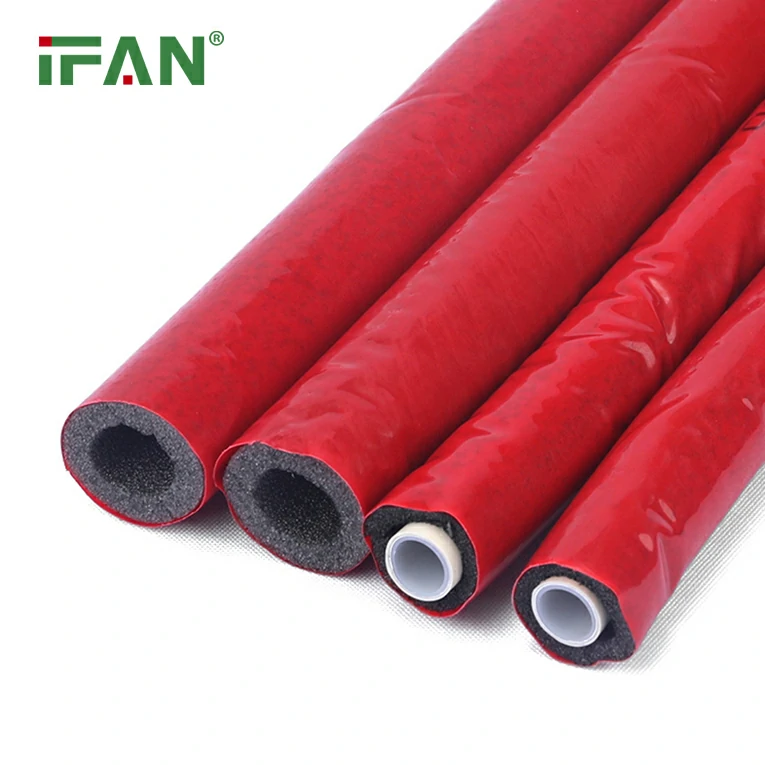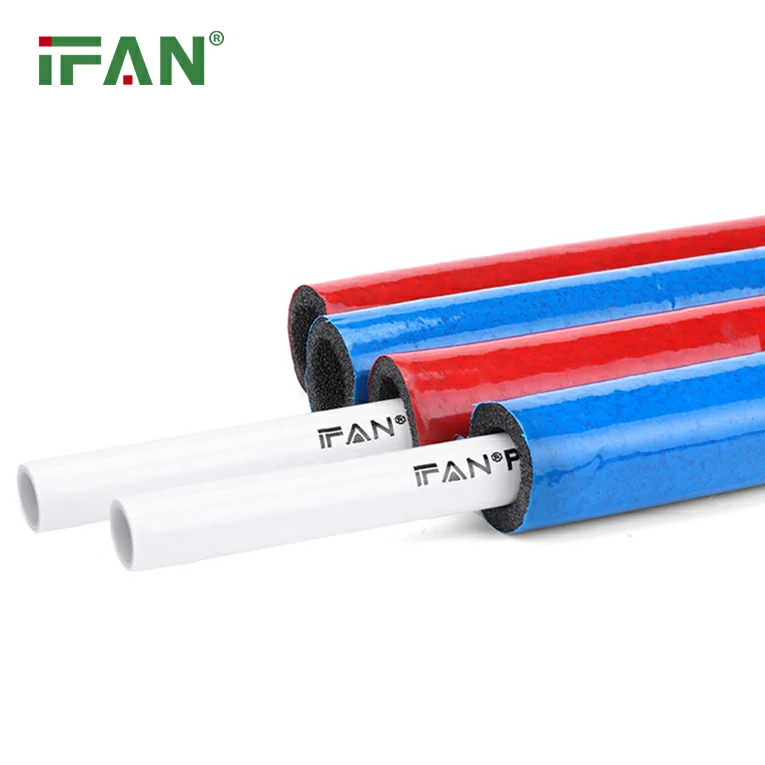Introduction:
ASTM2846 (501) is a test standard that evaluates the strength and stability of PVC pipe fittings intended for agricultural applications. It ensures that these fittings can withstand the pressures and stresses they are subjected to and can maintain their integrity over time.
Test Procedure:
The test consists of subjecting the PVC pipe fittings to various levels of internal pressure and torque. This pressure and torque simulate the conditions the fittings will be exposed to in the field. The fittings must meet certain performance criteria, such as not cracking or breaking under pressure, and not experiencing excessive deformation.
Impact on Agriculture:
PVC pipe fittings are essential for many agricultural applications, such as irrigation systems and livestock management. The successful implementation of these systems is dependent on reliable and durable fittings. ASTM2846 (501) helps ensure that these fittings meet the necessary standards and can withstand the rigors of agricultural use.
Benefits:
The benefits of using ASTM2846 (501) to test PVC pipe fittings are numerous. Farmers and agricultural businesses can have confidence in their equipment, knowing that it has been tested and meets industry standards. Furthermore, this standard promotes safety in agricultural operations by reducing the risk of equipment failure and potential injury.
Conclusion:
ASTM2846 (501) is an essential standard for anyone using PVC pipe fittings in agricultural applications. It guarantees that these fittings are strong, stable, and reliable, paving the way for greater efficiency and productivity in agricultural operations.






